
An unobstructed view of the city from Taipei 101 (All photos: Aireena Azni/ The Edge Malaysia)
Situated in the middle of the island chain off the eastern coasts of the Asian continent, between Japan and the Philippines, is Taiwan. Slightly smaller than Pahang, this densely populated nation is home to close to 24 million inhabitants. Much of its west coast is made up of lagoons, mudflats and wetlands while the north coast is notably rocky. Travelling from the southern to the eastern part of the island is no easy feat due to the high mountains on the central part of the island. On top of its fascinating geographical features, Taiwan also has captivating history and rich culture.
Concentrated with modern development and commercial activities, the capital Taipei City — located on the northern tip of Taiwan — houses a diverse population including indigenous people, Minnanese, Hakkas, mainlanders, new immigrants and expats. While there are many historical landmarks and the world’s tallest buildings to discover, you will find streets and alleys largely occupied by small businesses in different sectors. So there is a hidden treasure waiting to be explored in every corner, including Muslim-friendly options.
Taichung, the centre of Taiwan, is a charming blend of contemporary and traditional elements with the agricultural industry chiefly contributing to its economy. Apart from the city, the countryside also offers an endless unique experience, especially for urban dwellers. You will find a lot of interesting places worth checking out wherever you go, and this nifty guide can help you get started.
img_7584.jpg
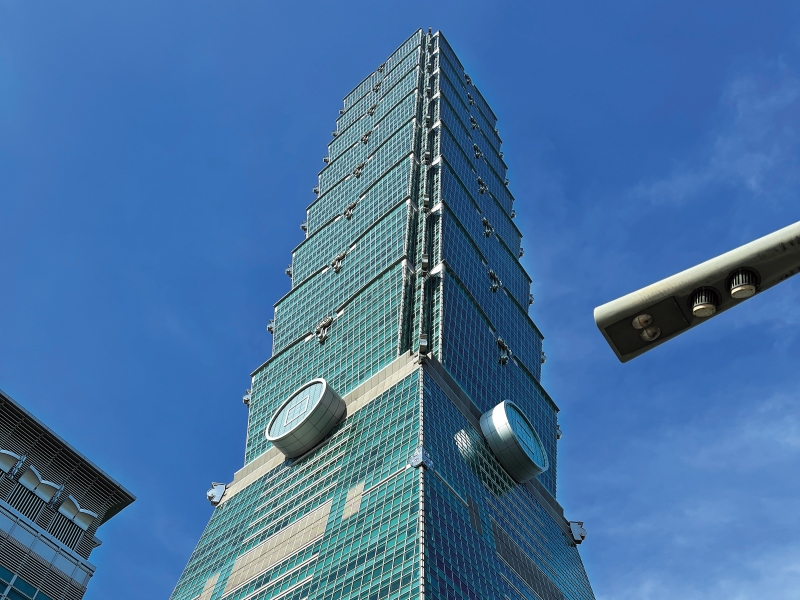
Taipei City
If Malaysia has the magnificent Petronas Twin Towers, Taiwan has the soaring Taipei 101, its highest skyscraper built to withstand earthquakes in the island prone to the natural phenomenon as it lies along the Pacific “Ring of Fire”. The 382m landmark takes design cues from the flexible yet sturdy bamboo plant that rises into the sky. Queuing to go up may take a while — it is a tourist hotspot after all — but you only need 37 seconds to reach an unobstructed 360° panoramic view of New and Old Taipei from the observation deck on the 89th floor.
To experience Taiwan’s vibrance like a local, include Ximending in your itinerary. Dubbed the Kingdom of Youth, the business area has been likened to other iconic spots around the world such as Shibuya, Harajuku and Times Square. Situated next to Taipei Main Station, it is popular for shopping as the streets are lined with department stores, gift shops, pop culture-inspired boutiques as well as hot pot, barbecue and sushi restaurants.
Drop by at night and you will be able to further immerse yourself in the culture as there are a slew of street performances to enjoy in different parts of the district. While you are here, be sure to join the crowd and try out boba tea by Xing Fu Tang at its flagship outlet. The Taiwan-origin company is known for its handmade brown sugar tapioca pearls as well as its juicy and tender fried chicken. Sounds like a good in-between-shopping snack? You bet!
img_8151.jpg

You can explore some of the remarkable landmarks in the capital by foot and train, thanks to its reliable public transportation. Make a stop at Xinbeitou MRT station to indulge in the traditional side of Taipei, starting from Xinbeitou Historic Station, located right next to the terminal. A monumental vintage compartment coach complete with track, platform and ticket booth easily transports you to the bygone era when Taiwan was under Japanese rule.
A short stroll will take you to Xinbeitou Hot Spring District, the only such attraction accessible by metro. Here, you can dive into the history and culture surrounding the heated underground water in the neighbourhood at Beitou Hot Spring Museum. This industry saw quick development in Hokuto (now Beitou) when hotels such as Songtaoyuan and Tiangouan were established during the Japanese colonial period. You will find many historic buildings and sites as well as diversified ecological environments in the district.
A wintertime treasure, Beitou Thermal Valley is still a sight to behold in the summer. Tatun’s volcanic terrain gives Beitou’s stunning turquoise pool an endless supply of mineral resources such as white sulphur, iron sulphide and blue sulphur, each with different characteristics and curative effects.
img_7807.jpg
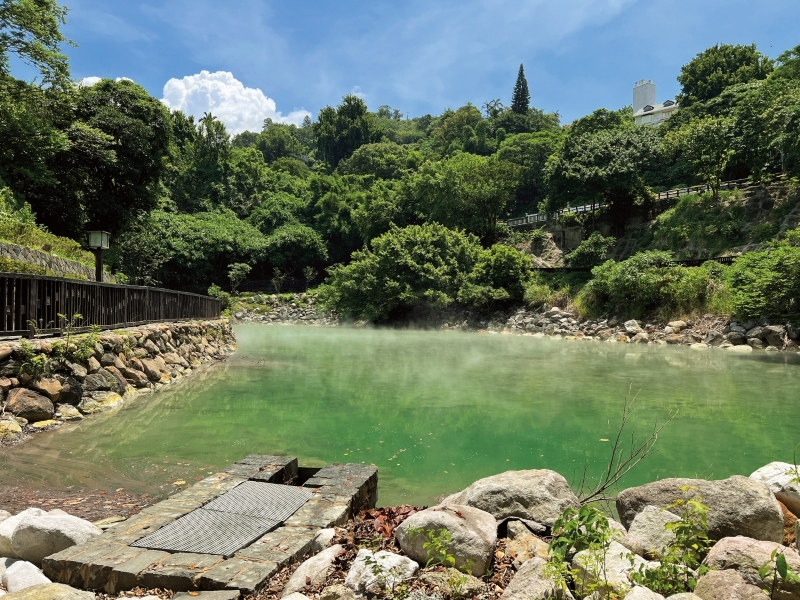
While you are in the area, drop by the Taipei Public Library, known as Taiwan’s first green library. Resembling a large treehouse, it is an architectural marvel built mainly using wood and steel. One of its eco-friendly features is the rainwater-harvesting system, which channels the resource to toilets and plants in the library and within its compound.
For Muslim travellers (or anyone interested in learning more about other religions and cultures), a visit to the Taipei Grand Mosque is a must. The first mosque built in Taiwan, the double-storey monument serves as a place of worship, a social centre for the Muslim community and a gathering venue for visiting Islamic world leaders. You can admire the intricacy of Islamic architecture — seen in its dome, arcade and minarets — all of which drew inspiration from the Ottoman and Persian empires. Every Friday, after congregational prayers, you will find a group of vendors selling halal food and snacks in a dedicated room inside the building.
Across the mosque is another ecological gem called Da’an Forest Park. Touring one attraction after another can be overwhelming. Hence, having a spot to wind down is always a good idea. Featuring lush green lawns, breathtaking walking paths and serene bodies of water, this public hideaway offers a change of scenery. Instead of being stunned by decorative walls and structures, you get to observe a slice of life in central Taiwan.
image_123650291.jpg
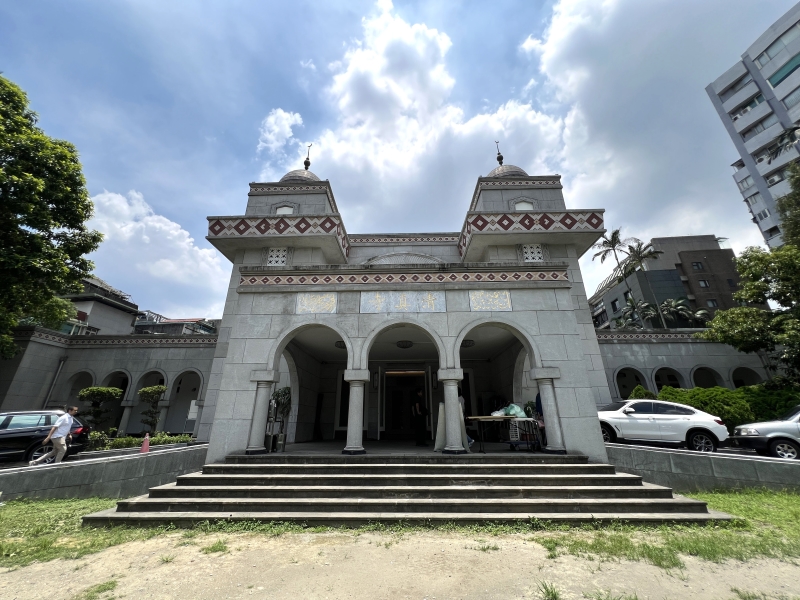
If culture piques your interest, make your way to Songshan Cultural and Creative Park. The artistic zone is used in a variety of ways by the youth to pursue creativity and innovation. Every day, the space hosts a range of activities, including art or craft exhibitions, movie showcases, symposiums, seminars, fashion shows and others. A lot of these presentations can be viewed for free, so you are really in for a treat.
After a long day, all you need is a delectable spread of meat and carbs to replenish your energy. Fuel up at Michelin-starred Halal Chinese Beef Noodles (Da’an), adjacent to the National Sun Yat-sen Memorial Hall. This humble restaurant takes the crown for the best beef noodle soup in the city — nothing screams comfort food like a warm concoction of flour noodles, tender braised beef and slow-simmered fragrant broth. It only serves Taiwanese meat that has never been frozen to retain its original taste and texture. Another crowd-favourite is freshly fried flatbread paired with stir-fried shredded beef.
img_7840.jpg
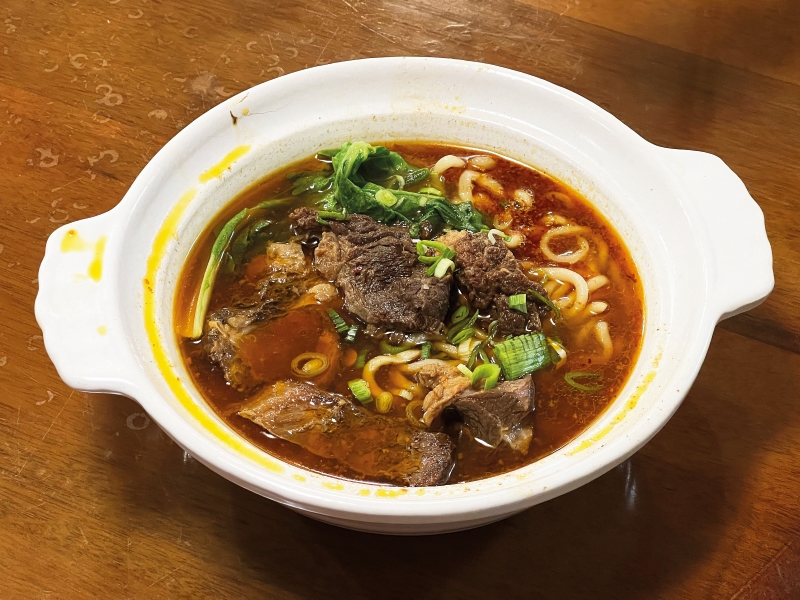
Taichung
If you are in Taichung during summertime, do not miss the opportunity to try fruit-picking. Farming is a particularly huge deal in Xinshe District thanks to its subtropical climate and fertile soil. There are lots of agricultural spots on the mountains and in the forests that are open for tourists to explore. Local orchard Xinfeng Farm harvests Kyoho grapes between June and August as well as from October to December. It also cultivates peaches, oranges and loquats.
A tranquil haven covered in abundant greenery, Xinshe Castle offers a quiet retreat for city dwellers or travellers seeking to immerse in nature and architecture. The charming landscape, accompanied by the chirping of birds and crickets under a bright blue sky will surely remind you of fairytale movies and instantly put your mind at ease. It is also a great place to marvel at stunning European-style red brick buildings. We recommend spending some hours at this peaceful oasis to explore its different parts and maybe finish a book without unsolicited distractions.
Come lunch time, consider Chensveg, a vegetarian restaurant located in quite a secluded area in Taichung. Following the walkway to the eatery is like wandering towards a beautiful forest surrounded by towering trees and a small pond filled with koi fish. It serves an extensive menu ranging from brunch bento boxes to hot pots and pasta, prepared using locally sourced ingredients. Some popular choices include vegetable tempura, pesto focaccia and Thai-style tomato pasta.
img_6994.jpg
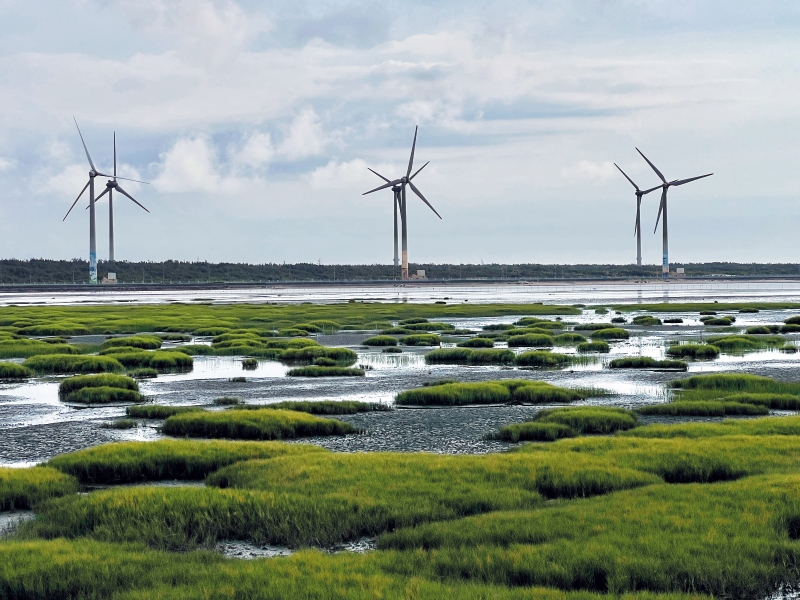
Those familiar with the Korean drama Hometown Cha-Cha-Cha will be thrilled to check out Gaomei Wetlands and realise their dream of staying in the seaside village. Spanning 1,500 acres, the land is blessed with diverse geographical features. There are a variety of crab species and mudskippers covering the muddy ground, and during fall or winter, large flocks of migrating birds come here to roost. Meanwhile, locals and tourists turn up to enjoy a long walk surrounded by nature. In 2018, the Gaomei Lighthouse was recognised as a historic building by the Taichung City Government. The red and white tower is the first and only lighthouse park in Taiwan where visitors can stay overnight. So if you are planning a sleep near a body of water, book a night at the guest house.
Back in the central part of the city, make it a point to stop by Miyahara, a must-visit cake shop and ice cream parlour when you are in Taichung. Originally a dental clinic, the interiors were entirely done up and transformed into a unique souvenir store that instantly transports you to the Harry Potter world, but with delicious titbits in every corner. If you just want to sample their ice cream, take a short walk to their second store, Fourth Credit Union. Housed in an old bank, it maintains the building’s original retro design with additional contemporary elements completing the entire space. There are more than 20 flavours of ice cream and shaved ice to savour, and they are certainly worth the hype and every penny.
img_7340.jpg
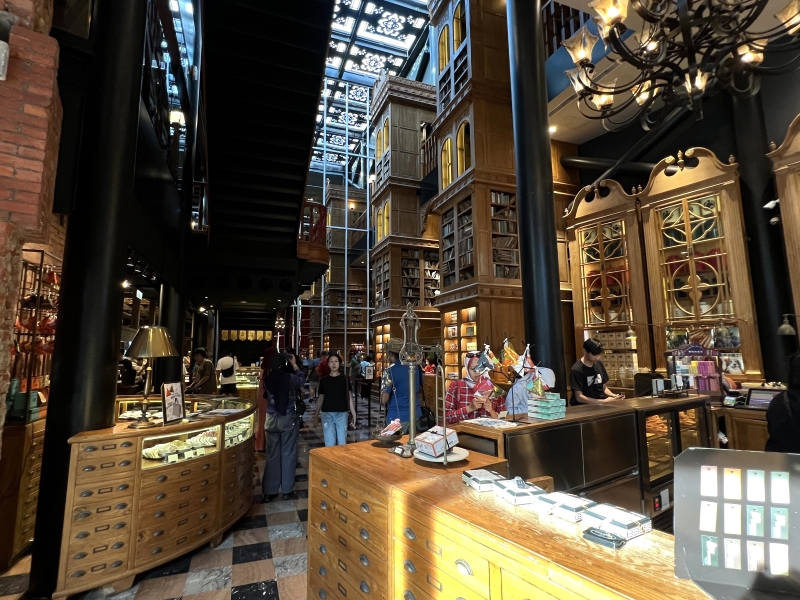
Bordering Taichung is another small countryside province called Changhua County, where many traditional economic activities still take place today. If there is something you must experience at least once in your lifetime, it is oyster-picking at Wanggong Fishing Port in Fangyuan, an oyster town.
For the uninitiated, this is a centuries-old Taiwanese tradition that has been commercialised to offer authentic tours to outsiders. You will be driven to the sea on a small truck or buffalo-pulled cart during low tide. The guide will then show you how creatures such as oyster, crab and shrimp are farmed traditionally and you can try your hand at picking them using a dedicated tool. Something to look forward to is definitely savouring the fresh molluscs by the sea.
Changhua county is all about slow living and honouring heritage. History buffs will find a lot to learn about Taiwanese culture from bygone days at Lukang Old Street. One of Taiwan’s oldest towns, it is home to many beautiful temples, including Lungshan and Tienhou. Known as the first Buddhist temple on the island, the former is the largest in the municipality and is recognised as the Hall of Taiwanese Art and Culture and the Treasure of Chinese Architecture. It was constructed during the Ming Dynasty and has been named a class 1 historical site — meaning it holds the most significance in history and has retained much of its original structure with only limited renovation for preservation purposes.
Lukang Old Street is a lot like Jonker Street in Melaka, so you can opt to stroll or charter a trishaw to cover bigger areas. Many of the classic Taiwanese houses lining the bustling roads are utilised by businesses selling a range of handicrafts, antique toys, paper lanterns and street food today.
This article first appeared on July 15, 2024 in The Edge Malaysia.


